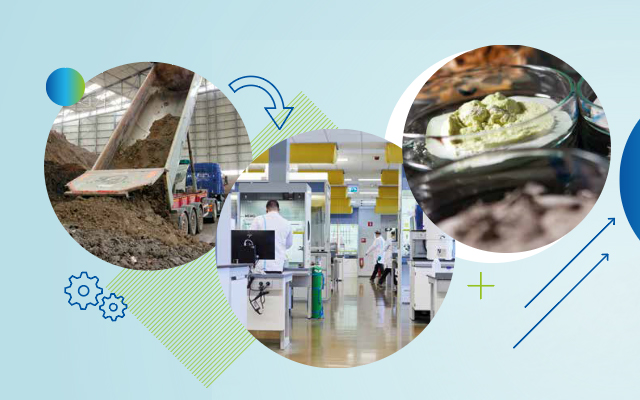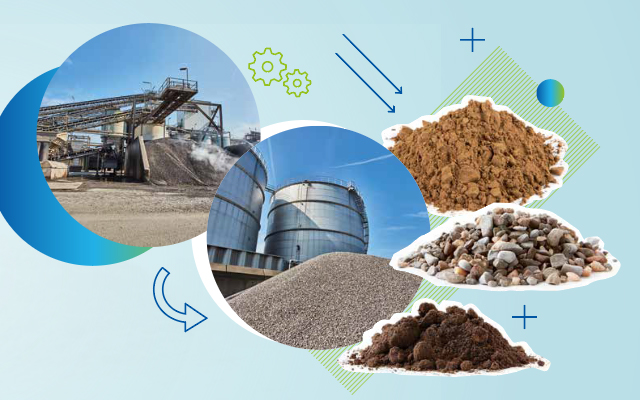Upcycling contaminated soil to secondary building materials

Contaminated waste is a threat to the environment and people’s health and, therefore, it must be treated with extreme care. It’s with this care that ATM, the European leader in purifying contaminated materials, cleans soil from remediation sites.
In November 2018, the Dutch Human Environment and Transport Inspectorate imposed a ban on the use of thermally treated soil (TGG) pending a period of testing to understand its full chemical composition. In December 2019, after extensive testing, it was found that TGG contained no contaminants at harmful or significant levels, and the Ministry of Infrastructure and Water Management lifted the TGG market ban, allowing ATM to continue with its vital work.
Soil brought by inbound customers is tested in ATM’s sophisticated laboratory to determine the concentration of pollutants. Once our scientists have determined that the soil is treatable to the standards required by regulatory bodies for safe re-use, it is placed in a rotating drum to be heated at more than 400°C. In this way, all organic contaminants are destroyed. The TGG is then fragmented in the sieving and sorting installation,where the streams are stripped of iron, ferrous rocks and light fractions.

The resulting streams of sand, gravel and filler become secondary raw materials suitable to produce concrete and asphalt for infrastructure works, replacing primary raw materials used in the production of kerbstones and paving stones, among others. The thermal cleaning process and TGG are BRL certified, while the gravel fractions 2–5mm, 4–16mm and filler are certified per NEN 12620 and NEN 13043.
ATM’s experts have worked tirelessly to upgrade facilities into producing purified gravel, sand and filler. These steps include the acquisition of the adjacent site to our Moerdijk plant, the installation of new storage and sorting machines, and working to obtain certifications for all secondary materials by 2022. This strategic move has placed ATM in a solid position to play its part in enabling the circular economy for the construction industry, which is one of the biggest CO2 emitters in Europe due to its reliance on carbon-intensive cement and steel.

